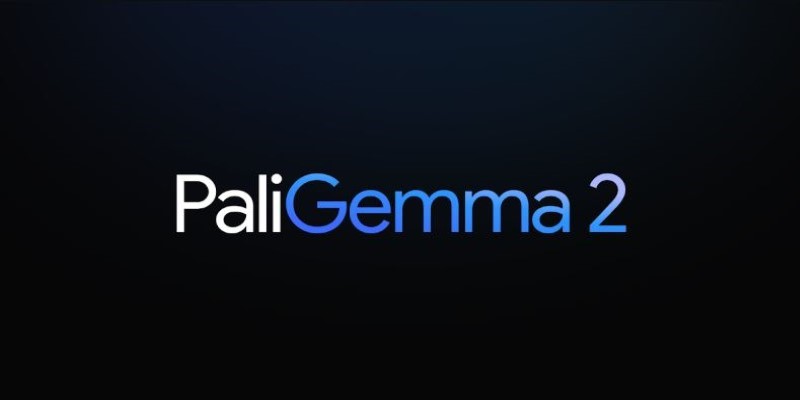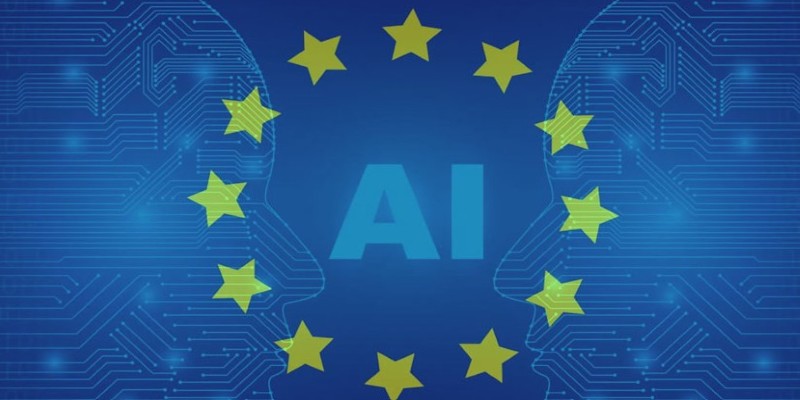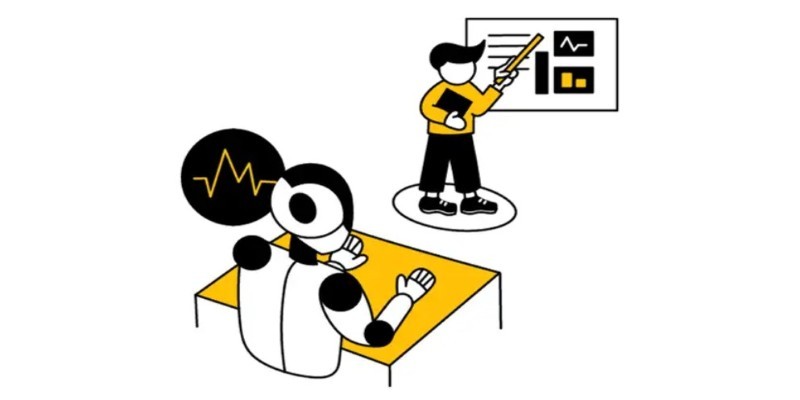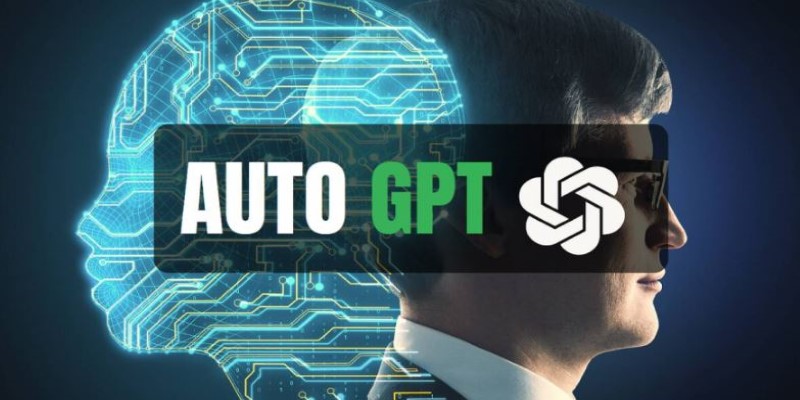Advertisement
In a bold move that could change the landscape of artificial intelligence, Anthropic—an AI startup created by former OpenAI researchers—has secured an impressive $3.5 billion in funding. This significant investment underscores the growing competitiveness of the generative AI space. With its leading model, Claude, rapidly advancing, Anthropic is setting its sights on industry giants like OpenAI and Google. But will this influx of cash elevate Anthropic to the upper echelons of global AI leaders?

Anthropic is an AI research company based in San Francisco dedicated to creating safe, interpretable, and steerable AI systems. Founded in 2021 by a group of former OpenAI employees, the company quickly caught the spotlight for its innovative approach to alignment and safety in large language models. Their flagship product, Claude, aims to deliver human-like responses while minimizing the chances of hallucinations or harmful content. Anthropic's mission has always been about building trustworthy AI, positioning itself as a more ethical alternative to traditional large language model (LLM) developers.
Key Highlights:
This funding round stands out as one of the largest ever secured by a private artificial intelligence (AI) company. It highlights the growing interest from investors in generative AI, particularly in models that offer scalability and are ready for enterprise deployment. With a whopping $3.5 billion at its disposal, Anthropic is now well-equipped to accelerate model development, enhance its AI infrastructure, and expand its global reach. This also indicates that investors believe Claude has the potential to compete with OpenAI’s ChatGPT and Google’s Gemini.
Key Highlights:
Anthropic's funding round features several prominent names, including Amazon, Google, Salesforce Ventures, and other top tech investors. Amazon has invested up to $4 billion in earlier rounds, demonstrating its ambition to make a significant impact in AI. Google remains a strategic partner, even as Anthropic maintains its independence. This mix of cloud giants and venture capitalists provides Anthropic with both financial strength and strategic access to cloud computing resources for training large language models.
Key Highlights:
The new funding will be directed towards enhancing Claude's capabilities, refining model alignment, and expanding infrastructure. Anthropic is also developing its own AI stack and exploring cutting-edge model safety research. A portion of the funds will be allocated towards fostering enterprise partnerships, developing developer tools, and building integration APIs. Currently, Claude's versions are already integrated with platforms like Slack and Notion, with more business applications anticipated in 2025 and beyond.
Key Highlights:
Claude distinguishes itself with its "constitutional AI" framework, which incorporates ethical reasoning into the model's behaviour. Unlike many other large language models that depend heavily on RLHF (Reinforcement Learning from Human Feedback), Claude functions with self-regulation guided by a defined set of principles. This approach helps it steer clear of generating biased, harmful, or toxic outputs. Its responses are calm, context-aware, and less likely to hallucinate—making it a significant advantage in enterprise environments.
Key Highlights:
While OpenAI enjoys the advantage of being a pioneer and Google boasts extensive infrastructure, Anthropic is carving out its niche with a distinct emphasis on safety and simplicity. Claude may not have the same level of recognition as ChatGPT or Gemini, but its enterprise integrations, reliability, and swift development make it a formidable player. Additionally, Anthropic is more forthcoming in sharing research and welcomes scrutiny—earning the confidence of the AI research community.
Key Highlights:
Claude is making waves across various industries, serving purposes such as customer service, automating documentation, assisting with research, and analyzing data. Its precise tone and accuracy make it a perfect fit for sensitive fields such as healthcare, finance, and law. With the recent funding boost, Claude has the potential to transform into a comprehensive AI assistant platform, enhancing internal company tools, knowledge bases, and decision-making systems.
Key Highlights:

Anthropic’s $3.5 billion funding represents a pivotal moment in the field of generative AI. With this substantial backing, the startup is emerging as a formidable contender against giants like OpenAI and Google. Claude, its flagship model, embodies a vision of AI that emphasizes safety, transparency, and reliability, particularly for enterprise users. However, with significant financial support comes even greater expectations—Anthropic now faces the challenge of delivering not only technological advancements but also remaining committed to its core values of responsible AI development. If they succeed, this funding round will be remembered not just for its magnitude but as the catalyst that transformed the industry.
Advertisement

Learn the regulatory impact of Google and Meta antitrust lawsuits and what it means for the future of tech and innovation.

Ready to run powerful AI models locally while ensuring safety and transparency? Discover Gemma 2 2B’s efficient architecture, ShieldGemma’s moderation capabilities, and Gemma Scope’s interpretability tools

Explore the top 10 large language models on Hugging Face, from LLaMA 2 to Mixtral, built for real-world tasks. Compare performance, size, and use cases across top open-source LLMs

How PaliGemma 2, Google's latest innovation in vision language models, is transforming AI by combining image understanding with natural language in an open and efficient framework

Microsoft’s new AI model Muse revolutionizes video game creation by generating gameplay and visuals, empowering developers like never before

A clear and practical guide for open source developers to understand how the EU AI Act affects their work, responsibilities, and future projects

The paperclip maximizer problem shows how an AI system can become harmful when its goals are misaligned with human values. Learn how this idea influences today’s AI alignment efforts

How using Xet on the Hub simplifies code and data collaboration. Learn how this tool improves workflows with reliable data versioning and shared access

How RLHF is evolving and why putting reinforcement learning back at its core could shape the next generation of adaptive, human-aligned AI systems

Fond out the top AI tools for content creators in 2025 that streamline writing, editing, video production, and SEO. See which tools actually help improve your creative flow without overcomplicating the process

How AutoGPT is being used in 2025 to automate tasks across support, coding, content, finance, and more. These top use cases show real results, not hype

How can Google’s Gemma 3 run on a single TPU or GPU? Discover its features, speed, efficiency and impact on AI scalability.